For those that aren't made for the bustling lifestlyle of cities, small towns can be a dream come true. The nature of small towns is one of community and accessible downtown cores. Essential services like grocery stores, banks and post offices are usually grouped closely together, as are schools, so children can often reach them by foot, bike or short bus ride. When your daily routine can be carried out by your own power, your carbon footprint drops immensely.
如果你不种植农作物,那么在偏僻的地方购买或建造土地会是一个很好的居住地,但如果你不小心的话,就会产生一些碳排放密集的问题。这里有一些建议可能会有帮助。
1.通勤。
Do you live more than 25 miles from your work? Depending on your vehicle, your annual commute will release between one and three tons ofgreenhouse gases. You will also spend over 260 hours a year in your car, which sort of defeats the purpose of moving to the country.
Some options that you might like to investigate are jobs in your community, agriculture production, or if most of your work is by computer, look into tele-comuting. Some of the more progressive companies are realizing the benefits of allowing people to work from home, such as worker satisfaction and savings on office space.
2. Eat local and grow a garden.
One great advantage to having a bit of property is the ability to grow your own food. If you have the space, there is little that tastes better than food you grew yourself.
In most rural communities you will be able to find local farmers offering vegetables, meats and eggs. In certain ways rural living can’t help but increase your personal emissions, food production and buying local is one way to balance that.
3. Avoid building a home in a fragile ecosystem.
Any new home will have an ecological impact, this guide is about limiting that wherever possible. We realize that city living is not for everyone, so if you are heading for the country here are some things to think about.
Explore your site:
- Before going in and clear cutting, find out what species of trees and plants you have that are the most beneficial and see if they can be preserved, and design your home with that in mind.
- Determine the natural flow of water and see if you can maintain it. Water has a course it will want to follow, so anything you can do to prevent obstructing that will lessen the impact on the surrounding environment.
- Evergreen trees to the north of your home can noticeablyreduce heat lossby acting as a wind barrier. If you have small ones that will soon be meeting the axe, see about replanting them to the north.
- Deciduous trees to the south (trees that lose their leaves in the fall) can be very effective forpassive solar design通过在夏天提供遮阳,而在冬天允许太阳穿过来获得太阳热量。
|
|
Preserve natural materials:
- 如果你在肥沃的表层土壤上建房,把它放在一边,用防水布覆盖它以备将来使用。
- Rocks that come out during excavation can be saved for various uses including retaining walls, paths and rock gardens.
- If you have native and drought resistant plants that need to be removed, set them aside for replanting afterwards. They obviously like your property and will do well.
Build with your own wood:If there are trees that have to come down, see about finding a use for them. Hire someone with a portable mill and build with wood from your lot. Rather than carting it away to a land fill or burning it off, build with it. Not only is it local, you can save money.
4. Look into small eco-developments
越来越多的绿色社区正在全国各地涌现。如果你选择住在一个新发展项目,请考虑规划良好的生态发展项目。有绿色组件的房子很好,有认证的房子更好。ALEED homeis not only energy efficient, but has standards to meet that go beyond its own boundaries.
LEED评分类别“可持续用地”奖励房屋控制侵蚀、限制发达地区、雨水管理和其他减少对周围生态系统影响的关键问题。
LEED certification is easiest to achieve in the city due to rewards for proximity to public transportation and other services. A LEED certified home in the country likely had to make up for lost connectivity points by excelling in the other categories. So if you find one, you’re probably getting a top notch home.


















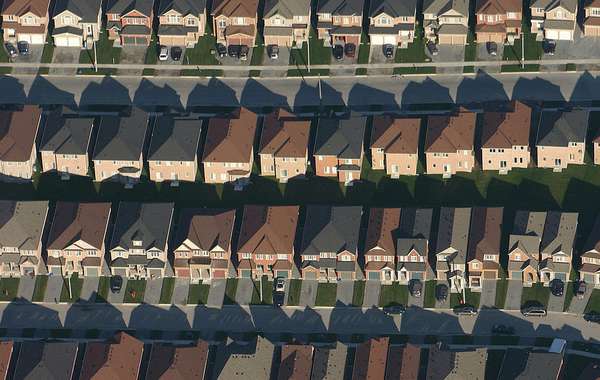
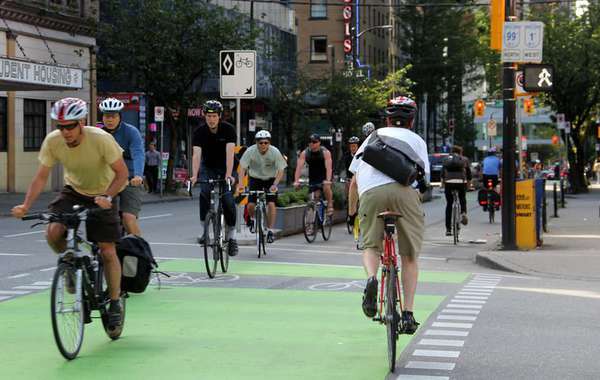
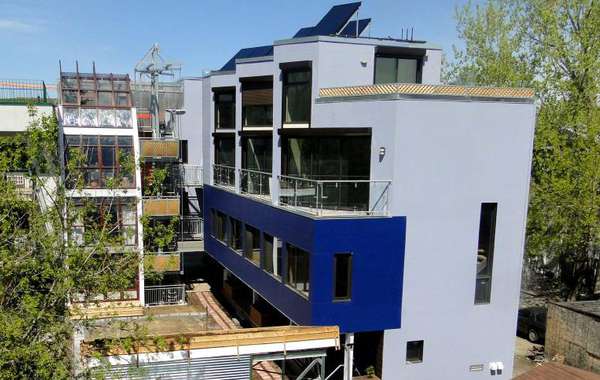
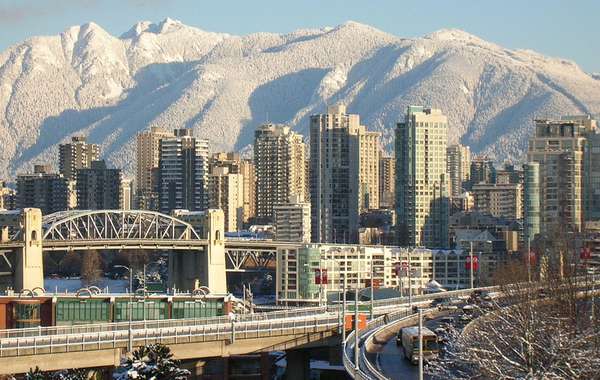
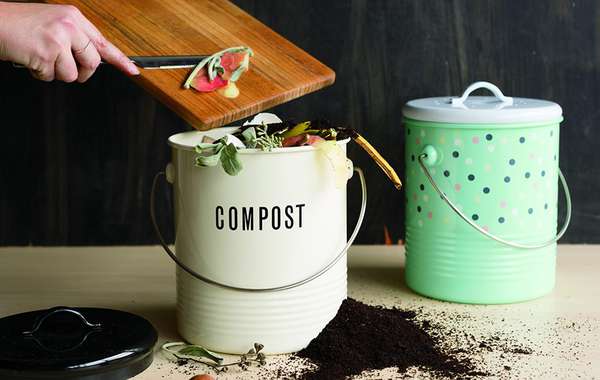

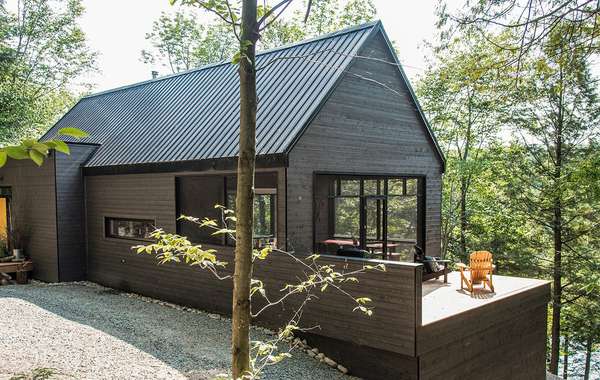
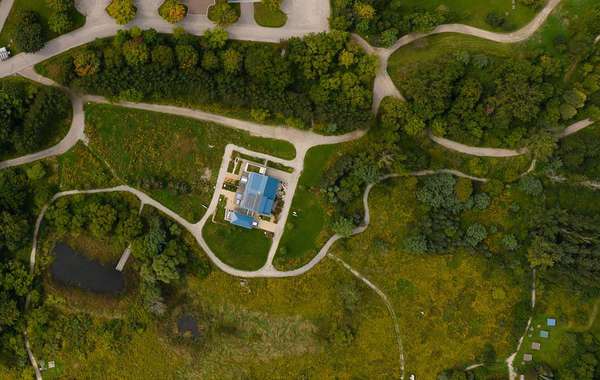
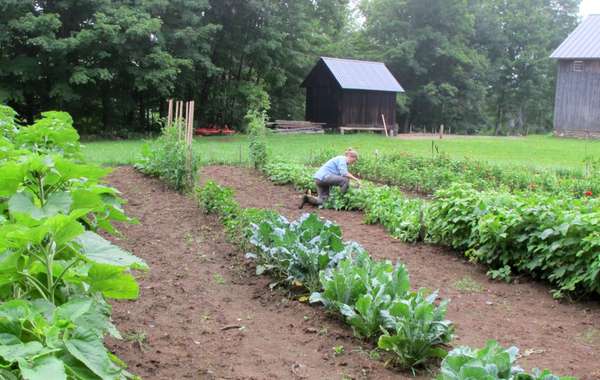
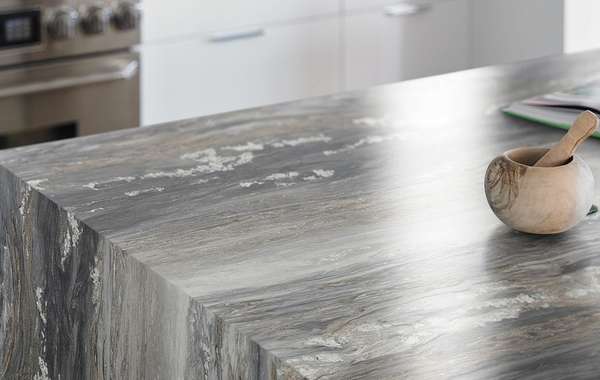
Comments (0)
Sign Up to Comment